
Shea Stadium, formally known as William A. Shea Municipal Stadium, was a multi-purpose stadium in Flushing Meadows–Corona Park, Queens, New York City. Opened in 1964, it was home to the New York Mets of Major League Baseball (MLB) from 1964 to 2008, as well as the New York Jets of the National Football League (NFL) from 1964 to 1983.
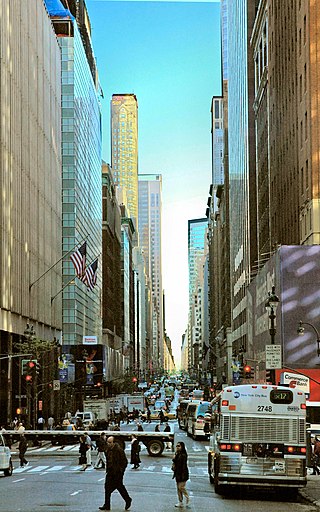
Madison Avenue is a north-south avenue in the borough of Manhattan in New York City, United States, that carries northbound one-way traffic. It runs from Madison Square to meet the southbound Harlem River Drive at 142nd Street, passing through Midtown, the Upper East Side, East Harlem, and Harlem. It is named after and arises from Madison Square, which is itself named after James Madison, the fourth President of the United States.

Murderers' Row were the baseball teams of the New York Yankees in the late 1920s, widely considered some of the best teams in history. The nickname is in particular describing the first six hitters in the 1927 team lineup: Earle Combs, Mark Koenig, Babe Ruth, Lou Gehrig, Bob Meusel, and Tony Lazzeri.

The Subway Series is a series of Major League Baseball (MLB) rivalry games played between the teams based in New York City. Currently, the series is contested by the Yankees and the Mets. Previously, the series applied to the Giants and Dodgers as well, before they moved out of New York City. Every historic and current venue for such games has been accessible via the New York City Subway, hence the name of the series.
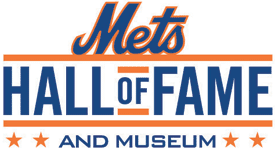
The New York Mets Hall of Fame was created in order to recognize the careers of former New York Mets players, managers, broadcasters and executives. There are presently 30 members. Originally located in the Diamond Club at Shea Stadium, the inductees were honored with plaques in the Mets Hall of Fame and Museum at Citi Field, which opened in April 2010. Following the 2023 season, the Hall of Fame was moved to the Field Level of the Jackie Robinson Rotunda while the Museum was closed to expand the Team Store. The Museum reopened in a smaller space near the Bullpen Gate in 2024.
The Big Apple Circus is a circus based in New York City. Opened in 1977, later becoming a nonprofit organization, it became a tourist attraction. The circus has been known for its community outreach programs, including Clown Care, as well as its humane treatment of animals. Big Apple Circus filed for Chapter 11 bankruptcy protection in November 2016 and exited bankruptcy in February 2017 after its assets were bought by Compass Partners. The Circus was renewed in October 2017 for its 40th anniversary season and returned to start a new season in October 2018 at Lincoln Center, receiving generally positive reviews.
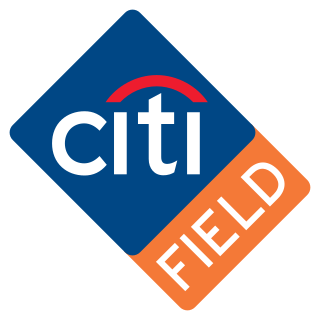
Citi Field is a baseball stadium located in Flushing Meadows–Corona Park, in the borough of Queens, New York City, United States. Opening in 2009, Citi Field is the home ballpark of Major League Baseball (MLB)'s New York Mets. The stadium was built as a replacement for the adjacent Shea Stadium, which had opened in 1964.
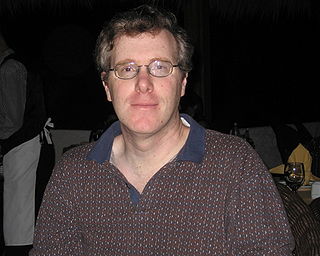
Barry Popik is an American etymologist. Popik is a consulting editor of the Oxford Encyclopedia of Food and Drink in America and was described in The Wall Street Journal as "the restless genius of American etymology".

Barry Lubin is an American circus performer best known for his Grandma character. His Grandma character was a headline act at the Big Apple Circus in New York City for 25 seasons from 1982 until his 2012 retirement and relocation to Sweden. Lubin's return to the Big Apple Circus in late 2017 was cut short in January 2018 when he admitted to having pressured an underaged, sixteen-year-old circus performer to pose for pornographic pictures in 2004.

The city of Chicago has been known by many nicknames, but it is most widely recognized as the "Windy City".
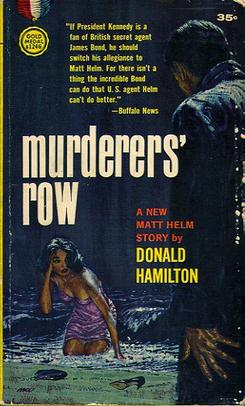
Murderers' Row is the title of a 1962 spy novel by Donald Hamilton. It was the fifth novel featuring his creation Matt Helm, a Second World War assassin recruited as a counter-agent by a secret American agency. This was the last Matt Helm novel to not use Hamilton's naming convention of The (Verb)-ers. The expression "murderers' row" had been used previously to describe the batting line-up of the New York Yankees baseball team in the late 1920s.
The 1904 New York Highlanders season, the team's second, finished with the team in second place in the American League with a record of 92–59. The team was managed by Clark Griffith and played home games at Hilltop Park.
John Joseph Fitz Gerald was a turf racing writer for the New York Morning Telegraph, from 1912 to 1940, serving as turf editor for the last 15 years. He was later the public relations director at various times for Garden State Racetrack and Atlantic City Race Course in New Jersey as well as the Tropical Park Race Track in Miami, Florida.
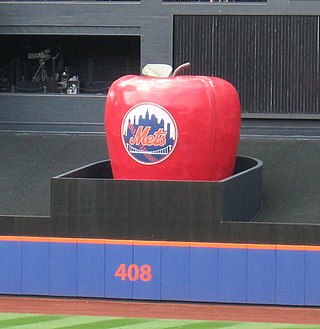
The Home Run Apple is a motorized apple prop in the batter's eye at Citi Field in New York City, New York, United States; which rises whenever the New York Mets hit a home run there. The original, smaller apple was first installed in Shea Stadium in 1980 at the behest of Al Harazin with a replacement being installed at Citi Field upon that stadium's opening in 2009. The original was 9 feet (2.7 m) tall while the replacement is 18 feet (5.5 m) tall and 16 feet (4.9 m) wide.
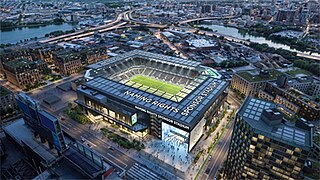
The New York City FC stadium is a proposed soccer-specific stadium to be built in Willets Point in the New York City borough of Queens for New York City FC of Major League Soccer (MLS), who currently play home games at Yankee Stadium and Citi Field. Construction is scheduled to begin in summer or fall of 2024 and is expected to be completed in 2027.

During its four-century history, New York City has been known by a variety of alternative names and euphemisms, both officially and unofficially. Frequently shortened to simply "New York", "NY", or "NYC", New York City is also known as "The City" in some parts of the Eastern United States, in particular, the State of New York and surrounding U.S. states. New Yorkers also use "The City" to refer specifically to the borough of Manhattan.

The 7 Line Army is a group of fans of the New York Mets started in 2012 by Darren Meenan, the founder of The 7 Line, a company that makes Mets-themed apparel. The group is named after the 7 train of the New York City Subway, which stops near Citi Field at Mets–Willets Point. They occupy the Big Apple Reserved section of Citi Field during Mets home games. The 7 Line Army also attends Mets road games, sponsoring outings which attract more than 1,000 fans.















